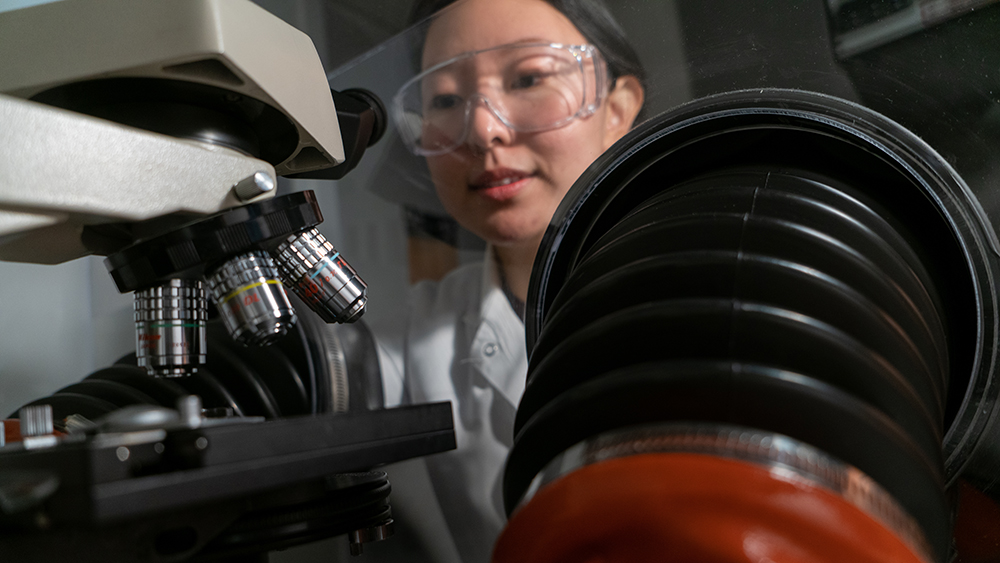Lightning in a bacterium: Electric fields that generate growth may also contribute to drug resistance

Researchers from Texas A&M University are investigating how bacteria develop tolerance to antibiotics without acquiring new genes or mutating existing ones.
The researchers focused on variations in the electrochemical energies that power bacterial growth to understand adaptation to antibiotics. These energies are intense: The contributing electric field in a single bacterium can be stronger than those in lightning bolts.
“Bacteria have developed numerous adaptation strategies over billions of years to survive in adverse environments,” said Pushkar Lele, associate professor in the Artie McFerrin Department of Chemical Engineering at Texas A&M. “Most mechanisms of adaptation are yet to be understood.”
Every year, approximately 3 million pounds of antibiotics are used in human medicine, and eight times that amount is used to keep livestock healthy for human consumption. Unfortunately, excess and untargeted use of antibiotics can create conditions that are ripe for the emergence of antibiotic resistance in bacteria.
Previous studies have noted that individual bacterial cells lacking sufficient energy frequently survive lethal doses of antibiotics. These dormant cells may not possess genes that can confer resistance to antibiotics. Instead, they sleep through the antibiotic attack.
“Antibiotics eliminate actively growing bacteria, usually by targeting key processes in the cell,” Lele said. “In a dormant bacterium, those processes may be stymied, rendering the antibiotics ineffective. High energy levels, in fact, are considered detrimental to their chances of survival.”
The team was surprised, therefore, when they observed surviving cells of Escherichia coli swimming rapidly for several hours in the presence of antibiotics. Bacteria swim by rotating slender appendages called flagella. The flagella are rotated several hundred times each second by strong electric fields across the cell membrane. Thus, the experiments suggested, against the grain of conventional wisdom, that survivors maintain high electrochemical energies.
To investigate the correlation between cell energy and antibiotic tolerance, the researchers treated cells with several antibiotic combinations. Using fluorescent dyes and sensitive photon detection techniques, they monitored the electrochemical energy levels in surviving cells. The cells unexpectedly exhibited a wide range of energies despite being in a state of arrested growth.
Next, the team determined how the survivors might respond to subsiding levels of antibiotics if the treatment was truncated. Working at a single-cell level, they discovered that cells with high energies began growing immediately once the antibiotic threat was removed, demonstrating the perils of incomplete antibiotic courses.
The results suggest that some bacteria can survive the antibiotic onslaught even if they are neither dormant nor resistant. Worryingly, such bacteria retain the ability to swim out of harmful environments and spread rapidly. Plus, high energy retention enables them to adapt to the antibiotics in various ways.
The team published their findings in the American Society for Microbiology’s mBio Journal.

